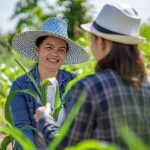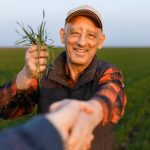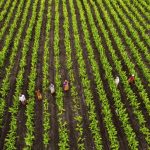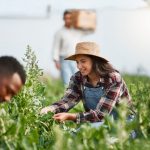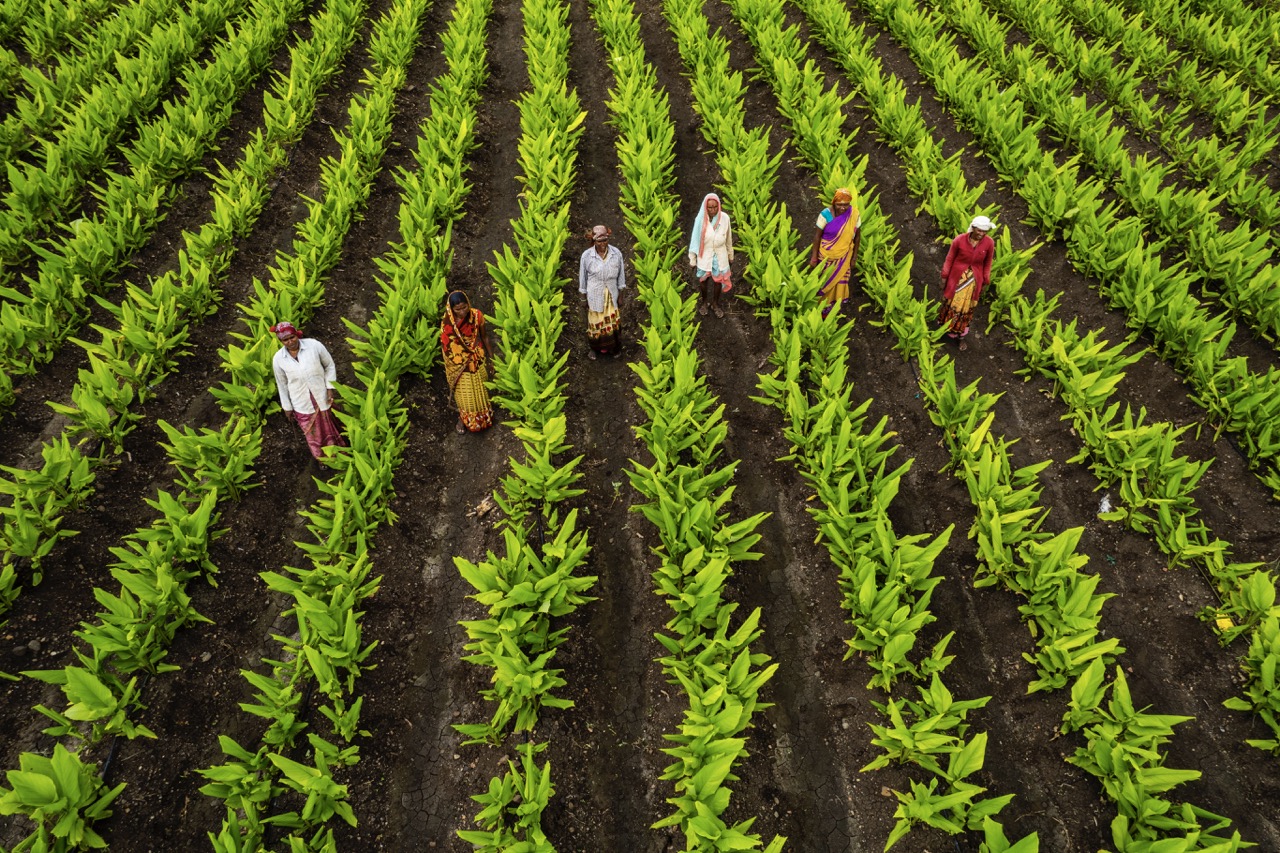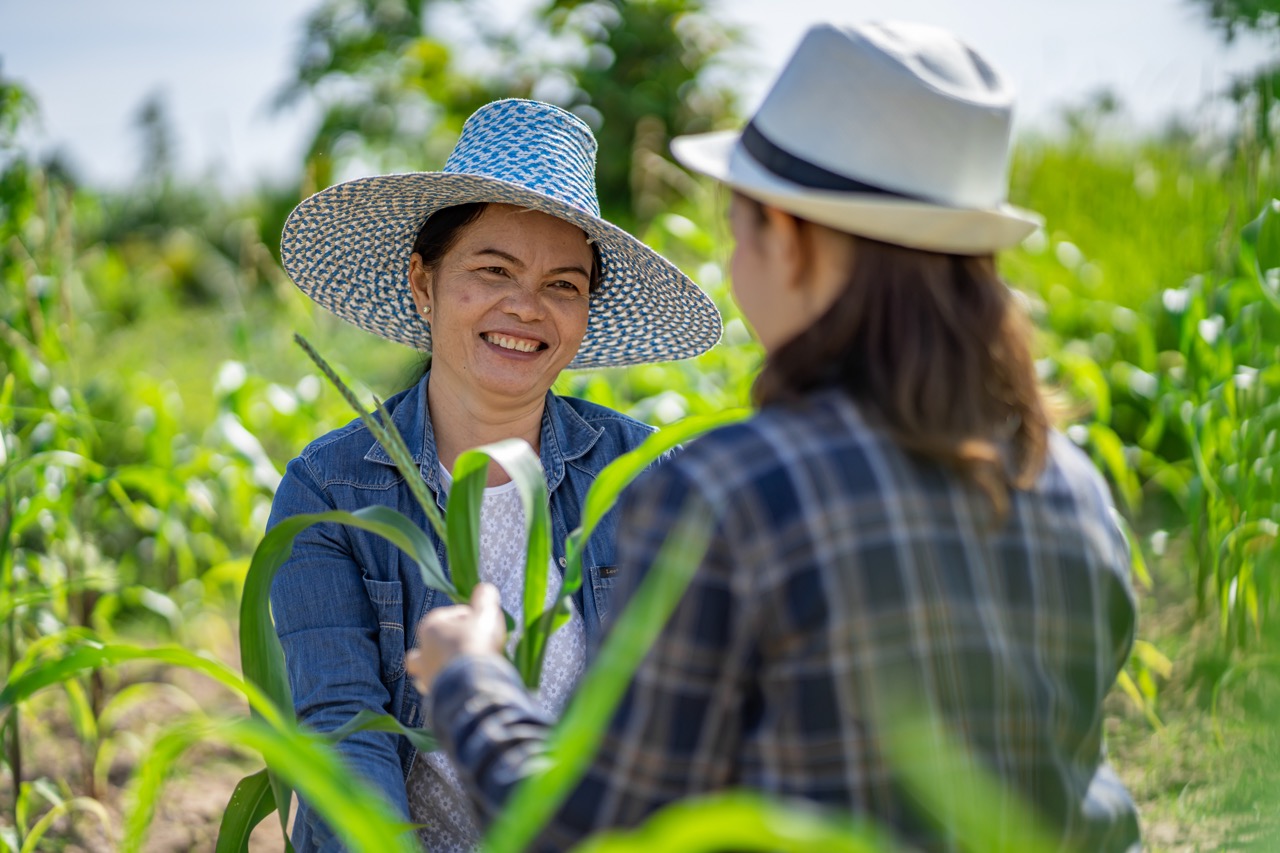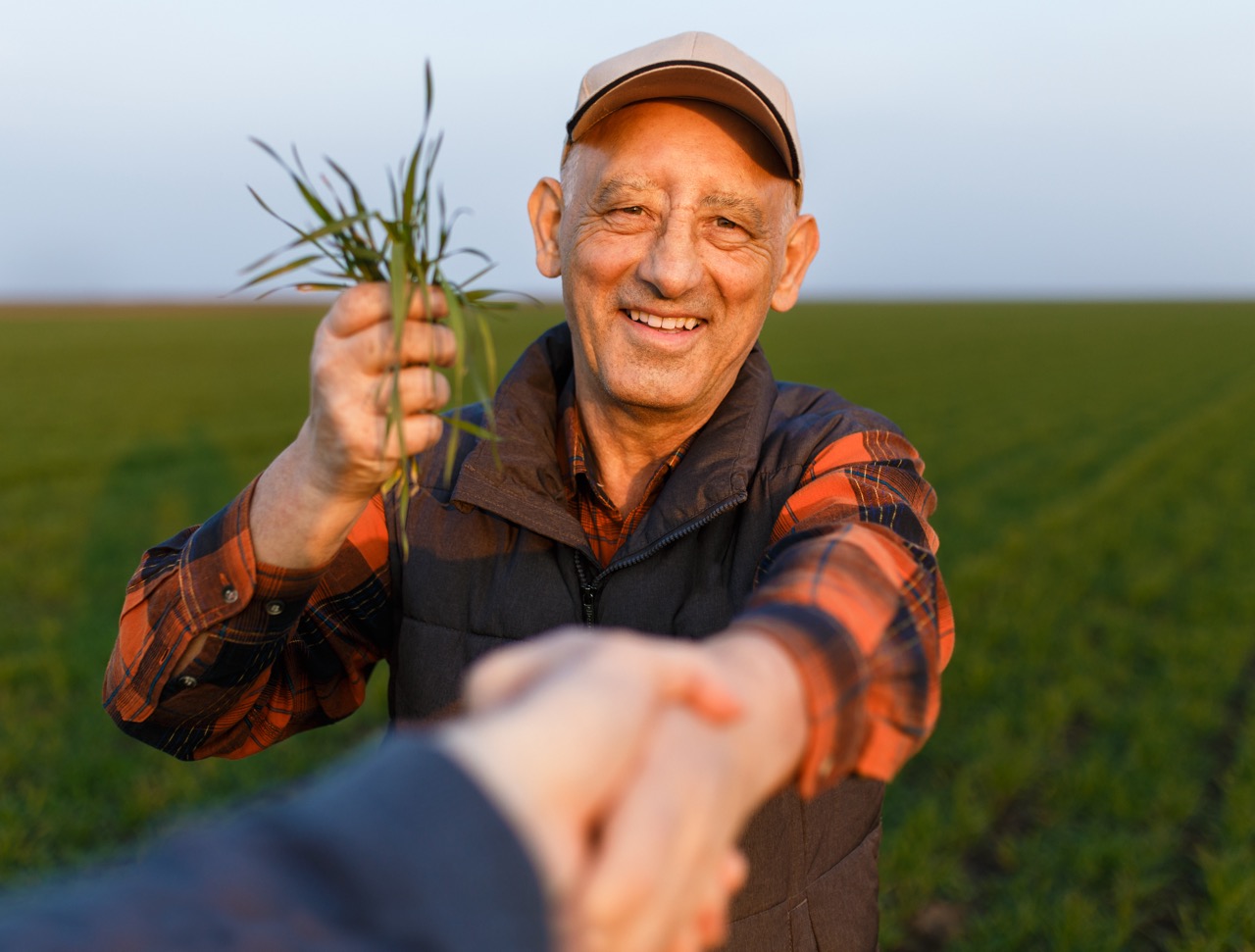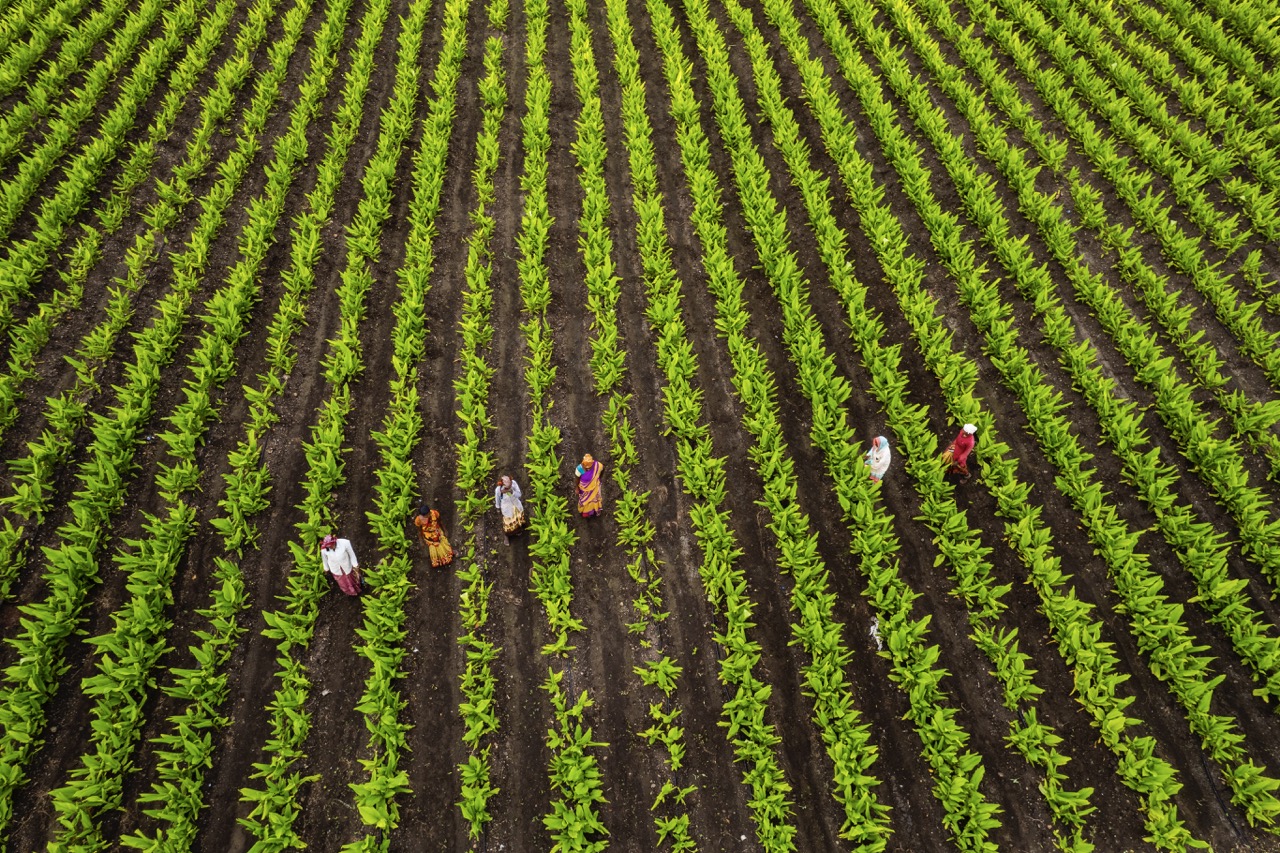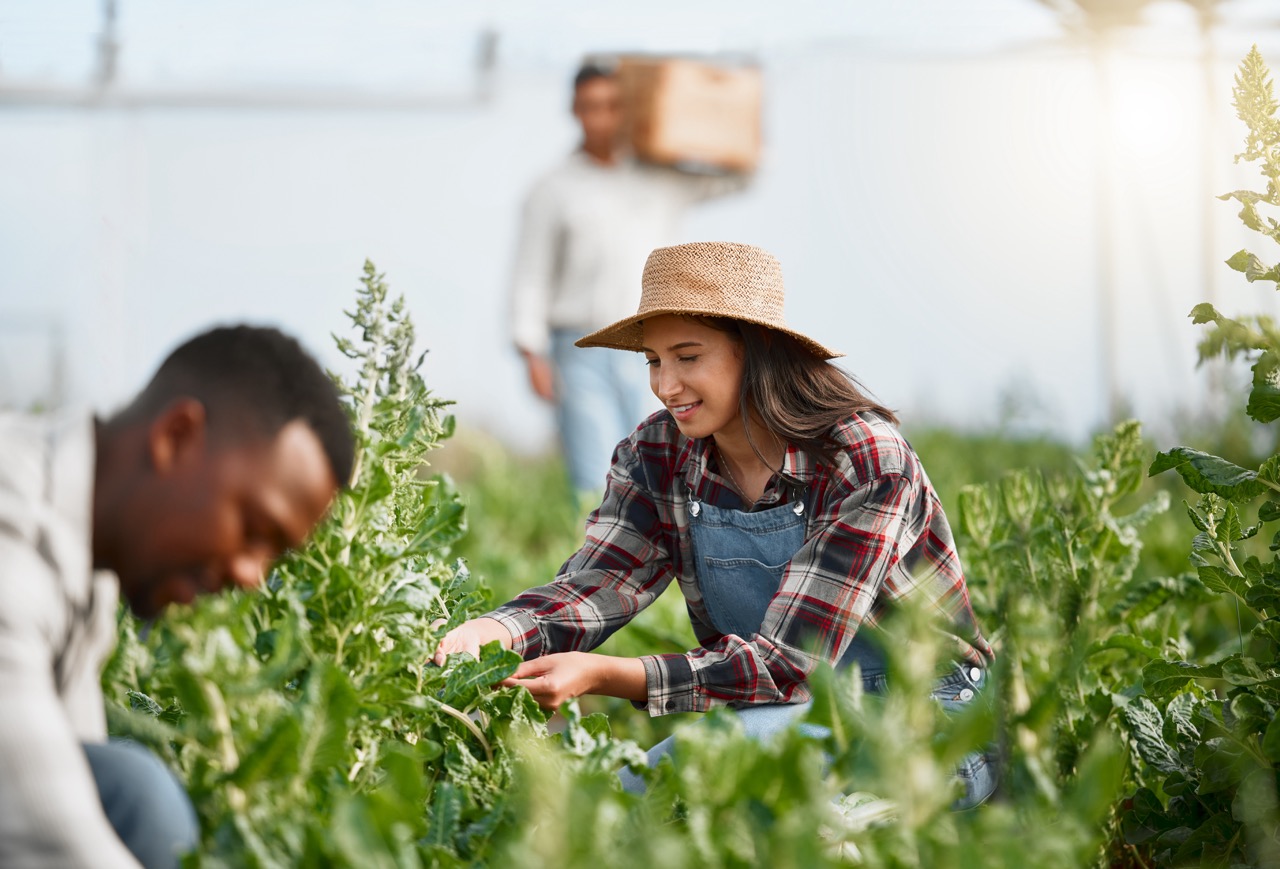In the face of climate change, biodiversity loss, and industrial agriculture’s adverse impacts, innovative farming models are gaining traction. Sharecropping, a centuries-old agricultural practice, is emerging as a viable solution for promoting local seed saving programs. By leveraging the principles of sharecropping, communities can enhance food security, preserve agricultural biodiversity, and foster collaborative farming efforts. This article will delve into how sharecropping can be effectively utilized to bolster local seed saving initiatives, ultimately building resilient agricultural systems.
Understanding Sharecropping: A Sustainable Farming Model
Sharecropping is a system where landowners lease their land to farmers, who then cultivate crops and share a portion of the harvest with the landowner. This arrangement not only provides farmers with access to land but also allows landowners to earn income without the burden of direct farming responsibilities. Historically, sharecropping has faced criticism for perpetuating economic inequality; however, when implemented thoughtfully, it can serve as a sustainable farming model that benefits both parties involved.
In a modern context, sharecropping can be adapted to support sustainable agricultural practices, particularly in smallholder farming communities. By providing access to land, sharecropping enables farmers to experiment with diverse planting techniques and crop varieties, including those developed through local seed saving programs. This adaptability is essential in addressing the unique agricultural challenges that different regions face while promoting environmentally friendly practices.
Moreover, sharecropping fosters an environment where knowledge transfer can thrive. Farmers involved in sharecropping can learn from one another, sharing techniques that promote soil health, pest resistance, and crop resilience. This collaborative learning process enhances agricultural practices and creates a sense of community ownership over the land and its resources, setting the stage for successful seed saving initiatives.
The Importance of Local Seed Saving for Biodiversity
Local seed saving is crucial for preserving the genetic diversity of crops, which is increasingly threatened by industrial agriculture and climate change. By maintaining a repository of local seeds, communities can protect traditional varieties that are better suited to local conditions, ensuring food security for future generations. These heirloom and open-pollinated seeds often possess traits such as drought resistance, pest tolerance, and adaptability, which are vital in a changing climate.
The benefits of local seed saving extend beyond biodiversity; they also encompass cultural preservation. Many traditional crops carry cultural significance, serving as a link to a community’s history and identity. By actively engaging in seed saving, communities can protect their agricultural heritage and pass on knowledge about cultivation practices, cooking methods, and the cultural importance of these crops to future generations.
Furthermore, local seed saving empowers communities economically. By reducing reliance on commercial seed suppliers, farmers can save money and maintain autonomy over their agricultural practices. This economic independence is particularly beneficial for marginalized farmers, who often struggle against the pressures of larger agricultural corporations. Encouraging local seed saving through sharecropping can create a symbiotic relationship that bolsters both biodiversity and economic resilience.
Integrating Sharecropping with Seed Saving Initiatives
To effectively integrate sharecropping with local seed saving initiatives, a collaborative framework must be established that allows both landowners and farmers to benefit from shared resources. This framework can include agreements that stipulate how seeds are saved, exchanged, and cultivated, ensuring that both parties have a vested interest in the success of the seed saving program. Such agreements can also delineate responsibilities for maintaining crop diversity and ensuring the health of the land.
Educational workshops and training sessions can further enhance the integration of sharecropping and seed saving initiatives. By focusing on best practices for seed saving, farmers can learn how to select and preserve seeds from their most successful crops. Sharing this knowledge among sharecroppers will not only improve seed saving practices but also foster a culture of collaboration, where farmers feel empowered to innovate and experiment with different varieties.
Additionally, local seed banks can be established as part of the sharecropping model, allowing both farmers and landowners to contribute seeds to a communal repository. This seed bank could serve as a resource for farmers to access diverse varieties when planting, promoting biodiversity while also safeguarding the community’s agricultural heritage. By intertwining sharecropping with seed saving initiatives, communities can build a robust agricultural ecosystem that supports both economic and environmental sustainability.
Building Community Resilience Through Collaborative Farming
The integration of sharecropping and local seed saving has the potential to significantly enhance community resilience. As farmers work together to cultivate diverse crops and save seeds, they create a network of support that can withstand external pressures such as climate change, market fluctuations, and food insecurity. This cooperative approach not only strengthens community ties but also empowers farmers to adapt to changing conditions and challenges.
Community resilience is further bolstered by the knowledge sharing that occurs within the sharecropping framework. As farmers collaborate, they can exchange insights on best practices, pest management strategies, and crop rotation techniques. Such collective learning ensures that the community is better prepared to respond to agricultural challenges, ultimately leading to improved yields and food security.
Finally, the establishment of a robust seed saving culture within a sharecropping model can inspire future generations to engage in agriculture. By highlighting the importance of biodiversity and community collaboration, local youth may be more inclined to pursue careers in farming or agricultural sciences. This generational shift not only ensures the continuity of sustainable practices but also cements the community’s commitment to fostering a resilient agricultural future.
Sharecropping, when thoughtfully integrated with local seed saving programs, offers a strategic approach to sustainable agriculture that fosters biodiversity, community resilience, and economic independence. As communities navigate the complexities of modern agriculture, leveraging this historical practice can create a foundation for collaborative farming that not only preserves agricultural heritage but also equips future generations with the tools to thrive. By investing in sharecropping and seed saving initiatives, communities can cultivate a more sustainable and equitable agricultural landscape for all.
